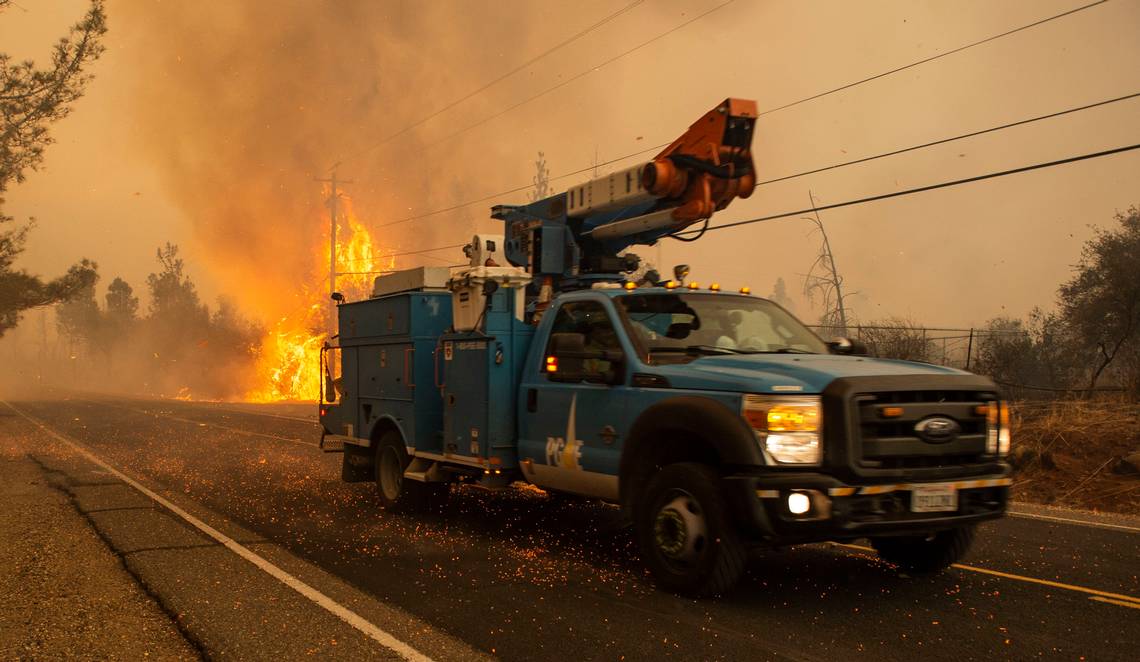Federal data released by the Centers for Disease Control and Prevention (CDC) show a significant drop in the percentage of teenagers who were up to date on their human papillomavirus (HPV) vaccines since 2020.
The CDC recommends children aged 11 to 12 receive two doses of the HPV vaccine, given six to 12 months apart, and anyone under age 26 can get the vaccine if they have not been fully vaccinated.
The big picture: The 2023 National Immunization Survey-Teen, which monitors vaccination coverage among teenagers, reports a significant decrease in the percentage of adolescents who were up to date with HPV vaccination by age 13 among those born in 2010 (48.7%) compared to those born in 2007 (52.8%).
- Only 42.7% of eligible teens born in 2010 were up to date with HPV vaccination by age 13, suggesting a potential change in accessibility to vaccination through the Vaccines for Children (VFC) program, which needs further exploration.
- While overall coverage for HPV vaccines among teens aged 13 to 17 was similar in 2023 (76.8%) compared to 2022 (76.0%), only 61.4% of all teenagers in this age group were up to date on their HPV vaccines, down from 64.6% in 2022.
Go deeper: Vaccination coverage for vaccines like tetanus, diphtheria, and acellular pertussis vaccine (Tdap), as well as for the meningococcal ACWY vaccine, was stable during the COVID-19 pandemic, as per the VFC program.
- HPV is a common sexually transmitted infection (STI) that can put individuals at risk for cancer, but HPV vaccination can prevent more than 90% of HPV cancers when given at the recommended ages, according to the American Cancer Society.
- The CDC recommends that healthcare providers make strong recommendations for all routine vaccines and verify if adolescents, particularly those eligible for VFC, are up to date with all recommended vaccines.











